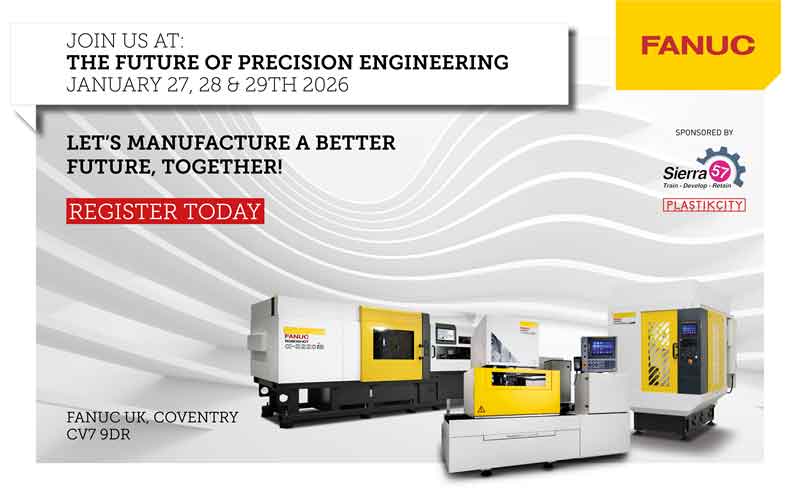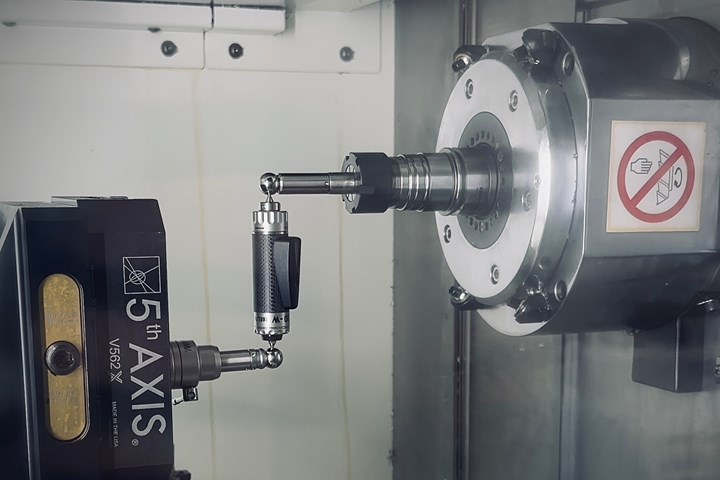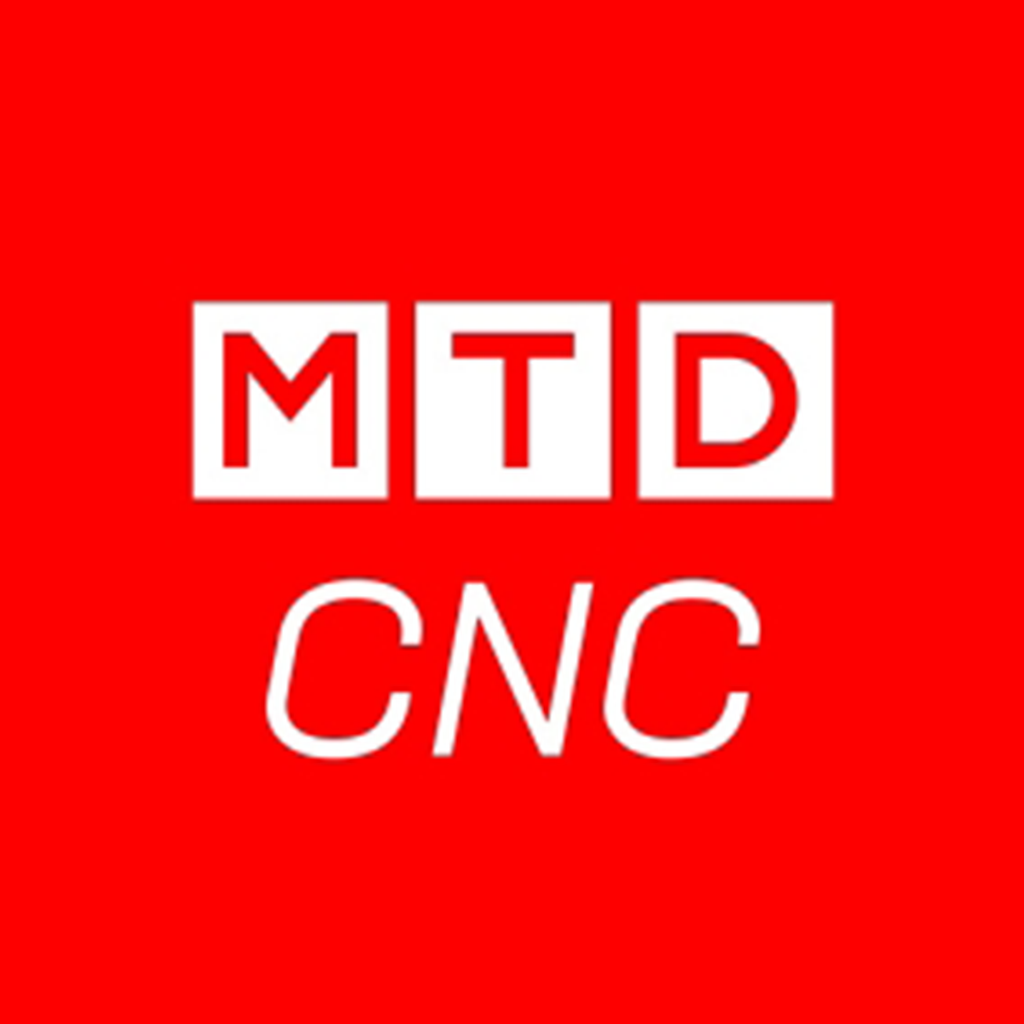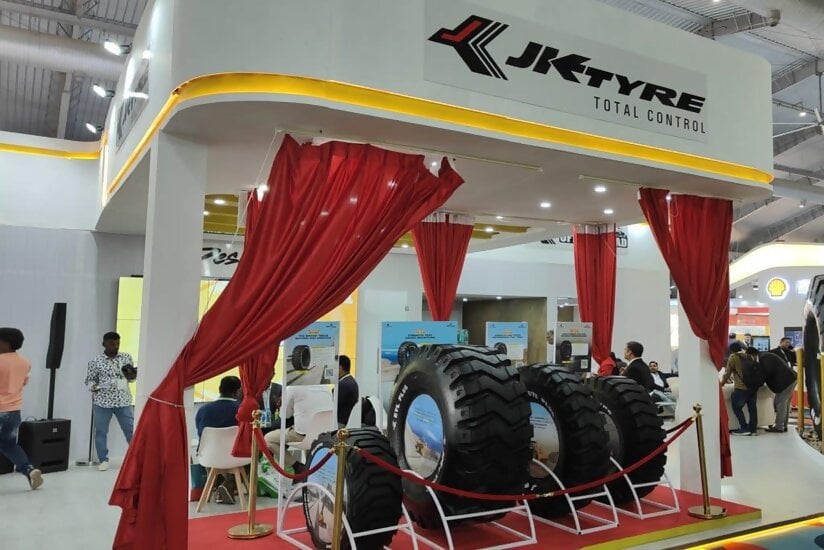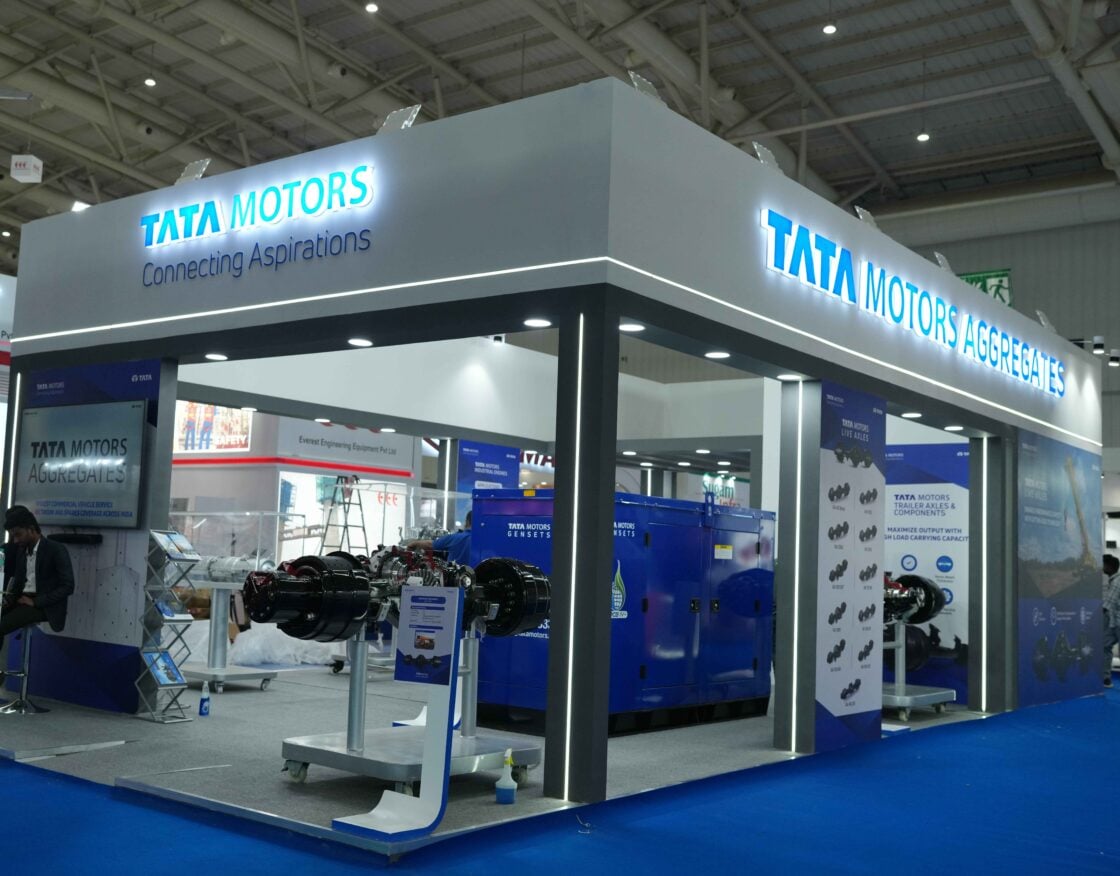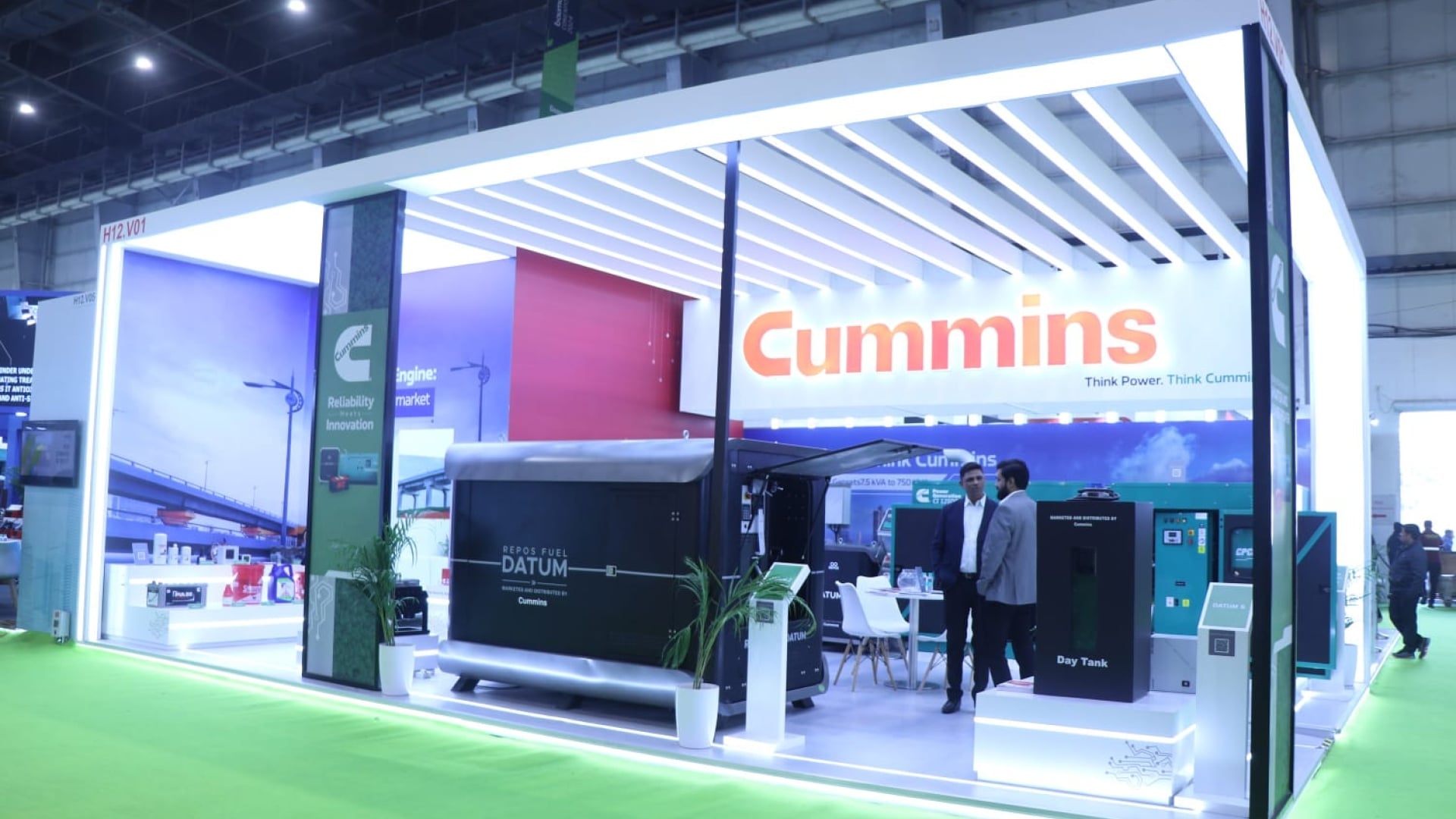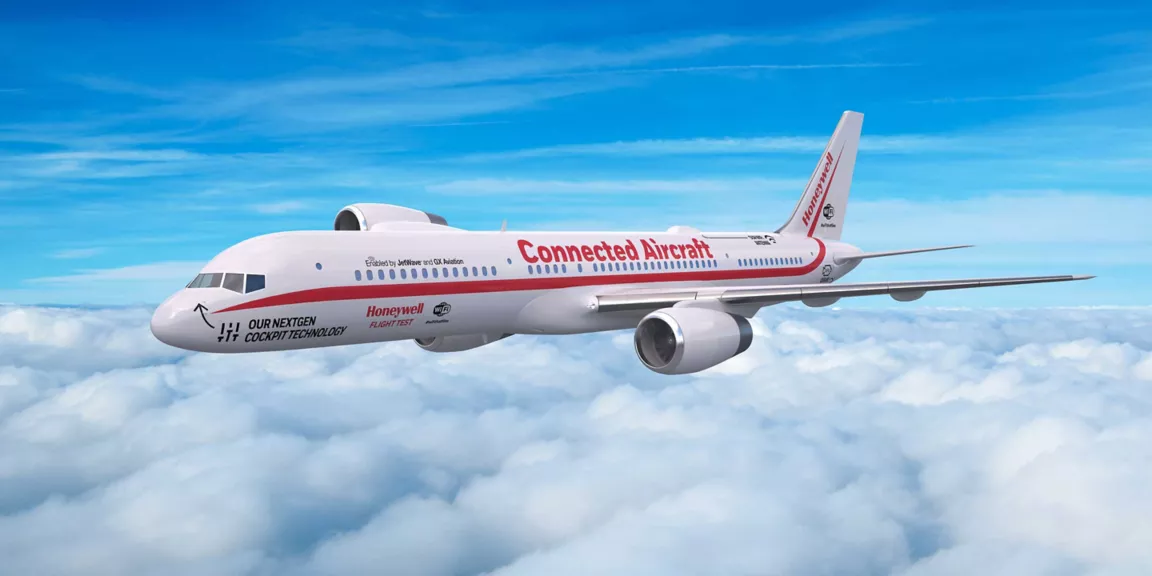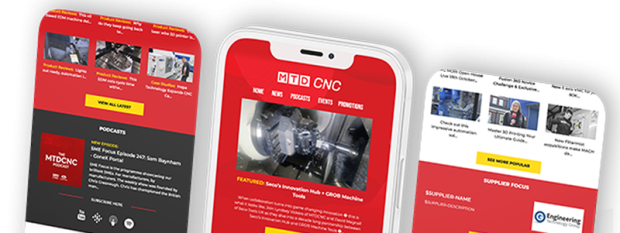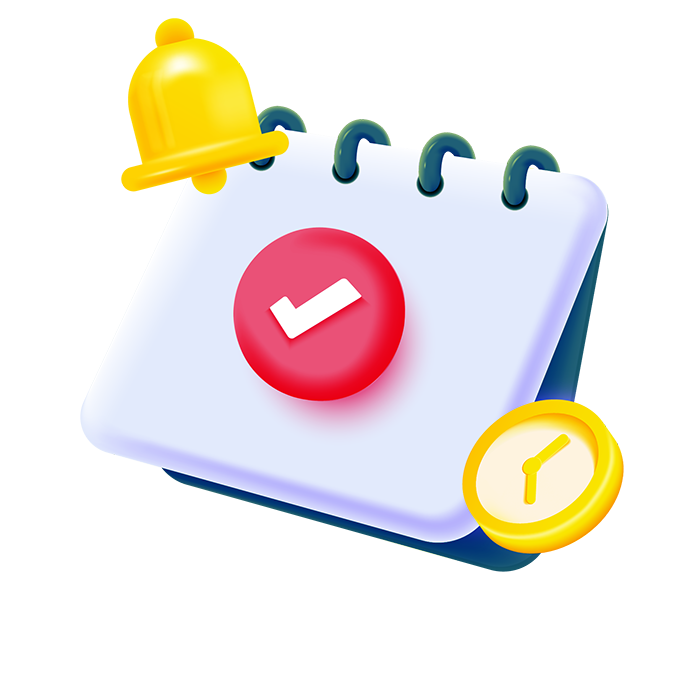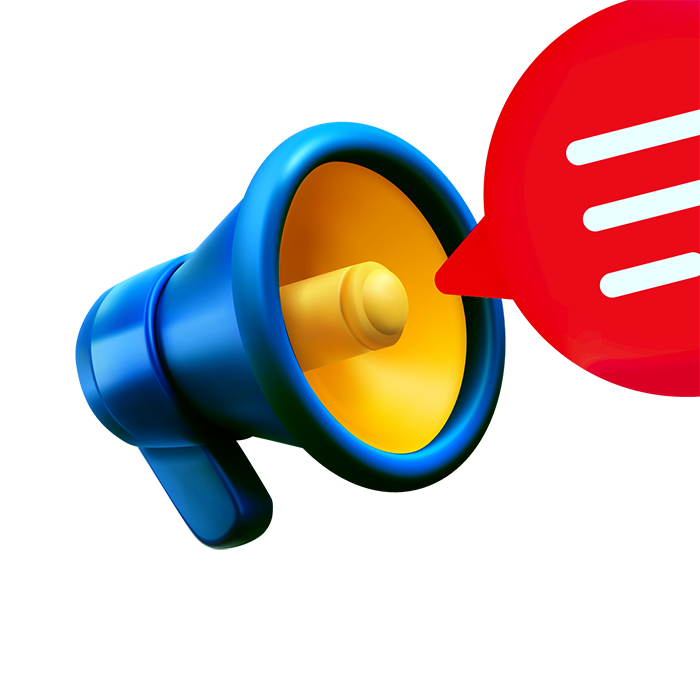
Reader Question: Our shop is considering replacing several older machines, but refurbishing them has come up as an option. While they still perform adequately for our needs, their age is becoming noticeable. What factors should we consider in making this decision?
Miller’s Answer: When it comes to upgrading equipment, there are always tempting reasons to go for brand new models, from tax incentives to cutting-edge technology. Even machines with a few years under their belt can benefit from updates like automation or advanced tooling options. However, refurbishing older equipment is often an overlooked strategy for improving shop productivity.
Refurbishing involves repairing or rebuilding worn components to extend the machine’s lifespan and maximize the initial investment. By focusing on repairing the machine at the component level, refurbishing can breathe new life into aging equipment and reset the clock on years of service. Much of the cost of a new machine lies in its structure, which rarely deteriorates, making it practical to rebuild on the existing chassis. Additionally, refurbishment can be done gradually, spreading out the financial burden over time.
To decide between refurbishing and buying new, start by assessing the health of the machine in question. Focus on three main areas: the spindle, the axes, and the overall condition of the machine and its components.
For the spindle, inspect for any signs of wear or damage, such as fretting, rust, or taper imperfections. Testing the draw bar strength is crucial, as it affects cutting performance and tool balance. Check the spindle’s rotation with a test bar and indicator to assess bearing condition. If needed, the spindle can often be reground or have the draw bar replaced without major disassembly.
For the machine’s axes, use tools like a qualified square, a ball bar, and laser measurements to assess geometry and performance. These tools can identify issues like misalignment or backlash, which may require recalibration or adjustments.
Lastly, evaluate the overall condition of the machine and its supporting systems. Make note of any components that need repair or replacement, such as coolant pumps or safety features.
After a thorough assessment, gather quotes for the necessary repairs or refurbishment work. Compare the costs against the price of purchasing a new machine, considering factors like parts availability and the machine’s importance to your operations. For more expensive assets, refurbishment may offer a cost-effective alternative, while commodity machines may be better replaced with new models.
By carefully weighing the options and considering the specific needs of your shop, you can make an informed decision that maximizes efficiency and productivity while optimizing costs.
Original source MMS

